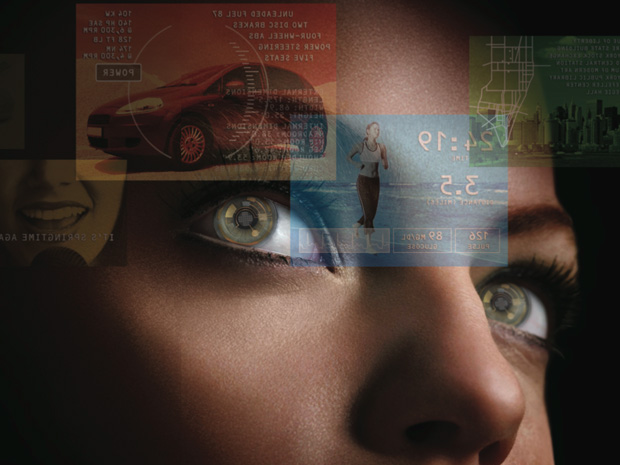In nowadays, more and more people ask what is Virtual Reality and which one is the Best. In this post we will try to answer that question and tell you everything you need to know about the Best Virtual Reality also referred to as VR.
Virtual Reality was initially originated as a digitally created virtual space which could be accessed by humans slipping on special computer equipments. In virtual reality, the users experience a virtual environment by using computer software and hardware. This multi-sensorial experience consists of 3D life-sized images with audio support which are seen by users with their perspective modified as user move his head and eye.
Head Sight was the first head mounted display (HMD) developed in 1961 by the Philco Corporation. It consisted of a tracking system and a video screen that was linked by the engineers to a closed circuit camera for use in emergency situations. A similar HMD was used by Bell Laboratories for helicopter pilots to assist them to have a clear view while flying in the dark. Ultimate Display was envisioned by Ivan Sutherland to make a person look into a virtual world that would behave and appear as a real world in which the user lived.
To go through a virtual reality experience, a user can slip on earphones, goggles and special gloves, all of which transfer their output to the computer system. The virtual environment is intended to change the real world environment and immerse the human senses in the virtual environment. Immersion is an experience of losing oneself in the virtual environment and shutting out all distractions from the physical world. The virtual environment is platform based, ranging from a fully Immersive virtual environment to a cell phone or a desktop monitor.
The main components of a virtual environment consist of a tracking system that informs the orientation and position of the user movement, the graphics system with ever-changing images at 20 to 30 frames per second and a visual display that plunges the person in the virtual world and obstructs contradictory sensory impressions from the actual world, a sound system that provides top quality sound for stimulated sound fields and directional sounds and devices like tracked gloves to specify their interaction with the virtual objects.
To track the movements and orientation of the HMD various techniques are used, among them 3d cameras, triangulation and utilizing tiny accelerometers.
The different languages and web browsers to achieve this vision are:
- The earliest 3D modeling languages is Virtual Reality Modeling Language for the Web.
- The user can visit a spot after installing a plug-in through most internet browsers in the three dimensional modeling language, 3DML.
- VRML was replaced by X3D as the standard language for visualizing environments on the internet.
- Collaborative Design Activity (COLLADA) is a layout used to allow file swaps within the three-dimensional program.
To make the virtual reality systems function effectively, numerous engineering challenges must be met. The exposition of the captured video should be fast and high for scenes to behave like they do in actual life. The field of the view should be wide and the lighting should be practical enough to maintain the false impression of an actual scene and for more serious replication of the actual world, reproducing sensations of touch, motion and sound is important.
A badly designed interaction can significantly condense the sense of immersion. Accurate interactivity also possesses the ability to modify the environment. Users become immersed and suspend doubt when a virtual environment is fascinating and appealing. It has been found that users experience a stronger feeling of tele-presence when interaction is easy and interesting whereas practical environments that did not have chances for interaction cause consumers to get disinterested easily.
Touch poses a serious challenge as gloves with sensors can trace the motion of a user’s hand and provide perceptible feedback but this is not perfect enough to teach a surgeon when cutting through virtual tissue and should experience the various levels of resistance to the movement of a scalpel at different positions along the tissue. Perhaps a more sophisticated virtual reality processor could employ the use of electro rheological fluids to propel electrical pointers to adjust a garment’s or glove’s resistance to touch, giving that touch response to the user.
Virtual reality could be used in advance video conferencing, in business and in a shared environment with natives located in different parts of the world. Virtual reality can be especially useful in overcoming the engineering hurdles of allowing people far away from each other to hear, see and touch each other and use actual equipment and objects. The video game industry has also driven the development of virtual reality and has contributed in sound and graphics capabilities that can be incorporated fully into virtual reality.
Best virtual reality experiences are now achieved by using glasses or other head mounted devices that can provide a truly immersive, multi-sensorial experience and also utilizing 3d depth cameras to accurately determine the head position.
